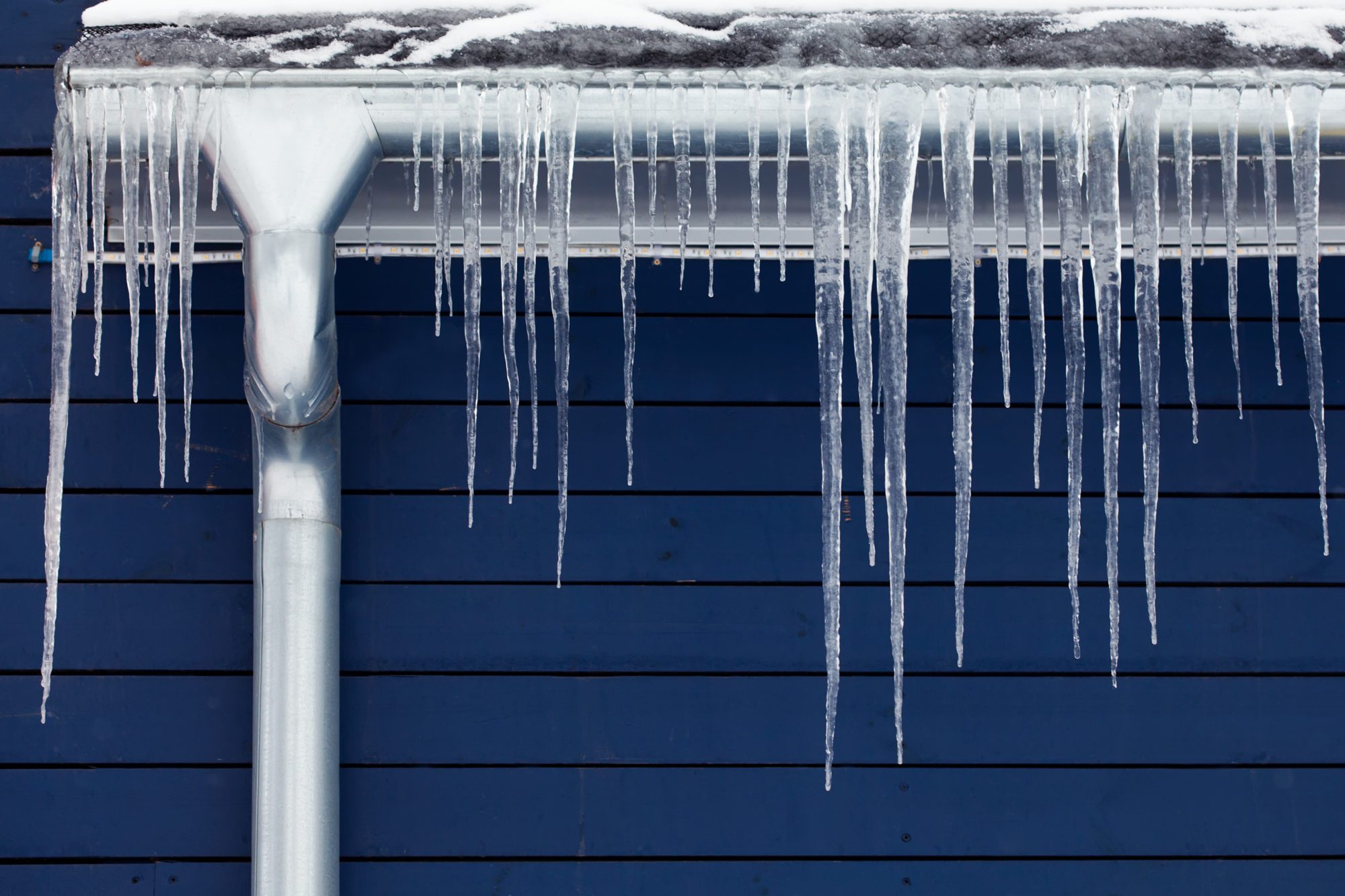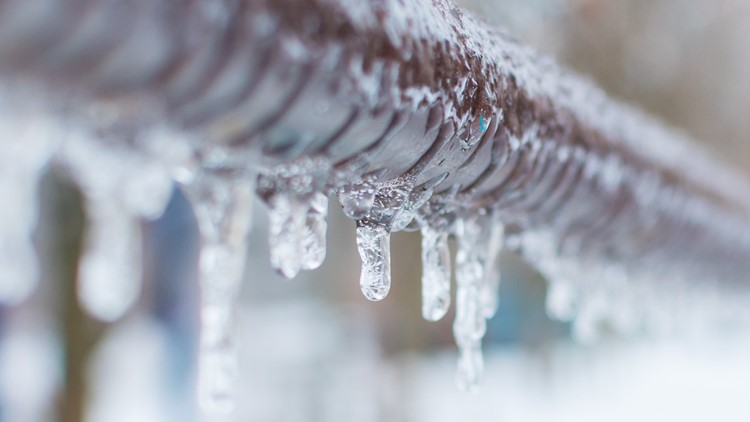Preventing Frozen Plumbing: Effective Strategies for Cold Weather
Preventing Frozen Plumbing: Effective Strategies for Cold Weather
Blog Article
Almost everyone will have their own perception about Prevent Frozen Pipes .

Winter can wreak havoc on your pipes, particularly by freezing pipelines. Here's exactly how to prevent it from taking place and what to do if it does.
Introduction
As temperatures decrease, the risk of icy pipes rises, potentially causing pricey repair services and water damages. Recognizing how to stop icy pipes is crucial for property owners in cool environments.
Avoidance Tips
Protecting prone pipes
Wrap pipelines in insulation sleeves or utilize warmth tape to safeguard them from freezing temperatures. Concentrate on pipes in unheated or outside locations of the home.
Home heating methods
Keep indoor rooms sufficiently warmed, especially locations with plumbing. Open cupboard doors to permit cozy air to flow around pipelines under sinks.
Exactly how to identify frozen pipelines
Seek lowered water flow from taps, unusual odors or noises from pipes, and noticeable frost on revealed pipes.
Long-Term Solutions
Architectural adjustments
Take into consideration rerouting pipes far from exterior walls or unheated locations. Add extra insulation to attics, cellars, and crawl spaces.
Upgrading insulation
Purchase premium insulation for pipes, attic rooms, and walls. Proper insulation aids preserve consistent temperature levels and reduces the risk of frozen pipes.
Shielding Outside Plumbing
Yard hose pipes and outdoor faucets
Disconnect and drain garden hoses prior to winter. Install frost-proof spigots or cover outside faucets with protected caps.
Understanding Icy Pipes
What creates pipes to freeze?
Pipelines ice up when revealed to temperature levels listed below 32 ° F (0 ° C) for prolonged periods. As water inside the pipelines freezes, it broadens, putting pressure on the pipeline walls and potentially creating them to rupture.
Risks and damages
Frozen pipes can bring about supply of water disruptions, property damage, and costly repair services. Ruptured pipelines can flooding homes and trigger considerable architectural damages.
Indicators of Frozen Pipes
Recognizing frozen pipelines early can avoid them from rupturing.
What to Do If Your Pipelines Freeze
Immediate actions to take
If you believe icy pipelines, keep faucets open to soothe stress as the ice thaws. Use a hairdryer or towels taken in hot water to thaw pipes slowly.
Conclusion
Avoiding icy pipelines requires positive measures and quick responses. By understanding the causes, signs, and preventive measures, house owners can secure their plumbing during cold weather.
5 Ways to Prevent Frozen Pipes
Drain Outdoor Faucets and Disconnect Hoses
First, close the shut-off valve that controls the flow of water in the pipe to your outdoor faucet. Then, head outside to disconnect and drain your hose and open the outdoor faucet to allow the water to completely drain out of the line. Turn off the faucet when done. Finally, head back to the shut-off valve and drain the remaining water inside the pipe into a bucket or container. Additionally, if you have a home irrigation system, you should consider hiring an expert to clear the system of water each year.
Insulate Pipes
One of the best and most cost-effective methods for preventing frozen water pipes is to wrap your pipes with insulation. This is especially important for areas in your home that aren’t exposed to heat, such as an attic. We suggest using foam sleeves, which can typically be found at your local hardware store.
Keep Heat Running at 65
Your pipes are located inside your walls, and the temperature there is much colder than the rest of the house. To prevent your pipes from freezing, The Insurance Information Institute suggests that you keep your home heated to at least 65 degrees, even when traveling. You may want to invest in smart devices that can keep an eye on the temperature in your home while you’re away.
Leave Water Dripping
Moving water — even a small trickle — can prevent ice from forming inside your pipes. When freezing temps are imminent, start a drip of water from all faucets that serve exposed pipes. Leaving a few faucets running will also help relieve pressure inside the pipes and help prevent a rupture if the water inside freezes.
Open Cupboard Doors
Warm your kitchen and bathroom pipes by opening cupboards and vanities. You should also leave your interior doors ajar to help warm air circulate evenly throughout your home.

As a serious reader about How to Prevent Your Pipes From Freezing, I think sharing that excerpt was a good idea. Remember to set aside a second to share this blog posting if you appreciated it. Thanks a lot for your time invested reading it.
Free Estimate Report this page